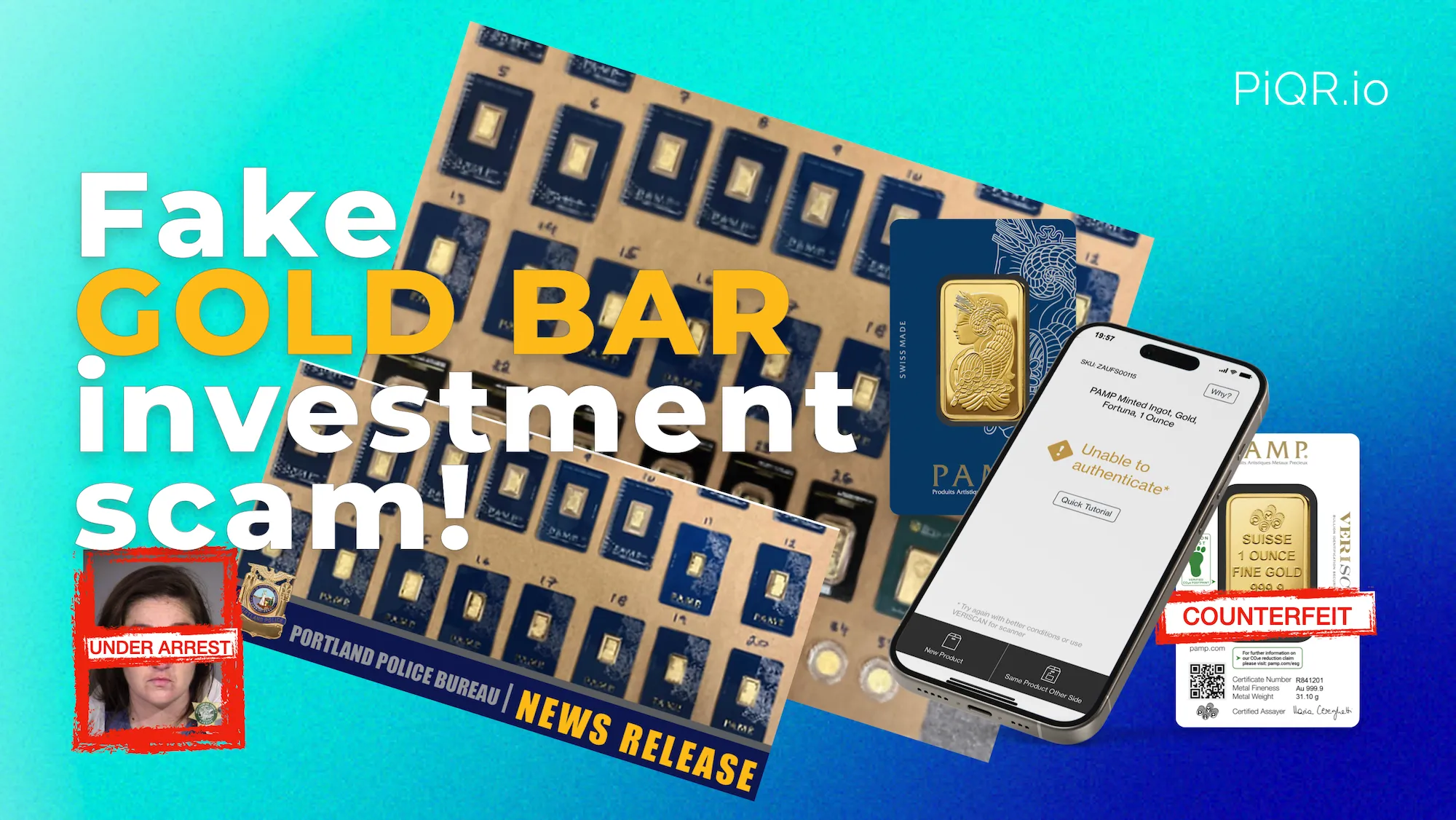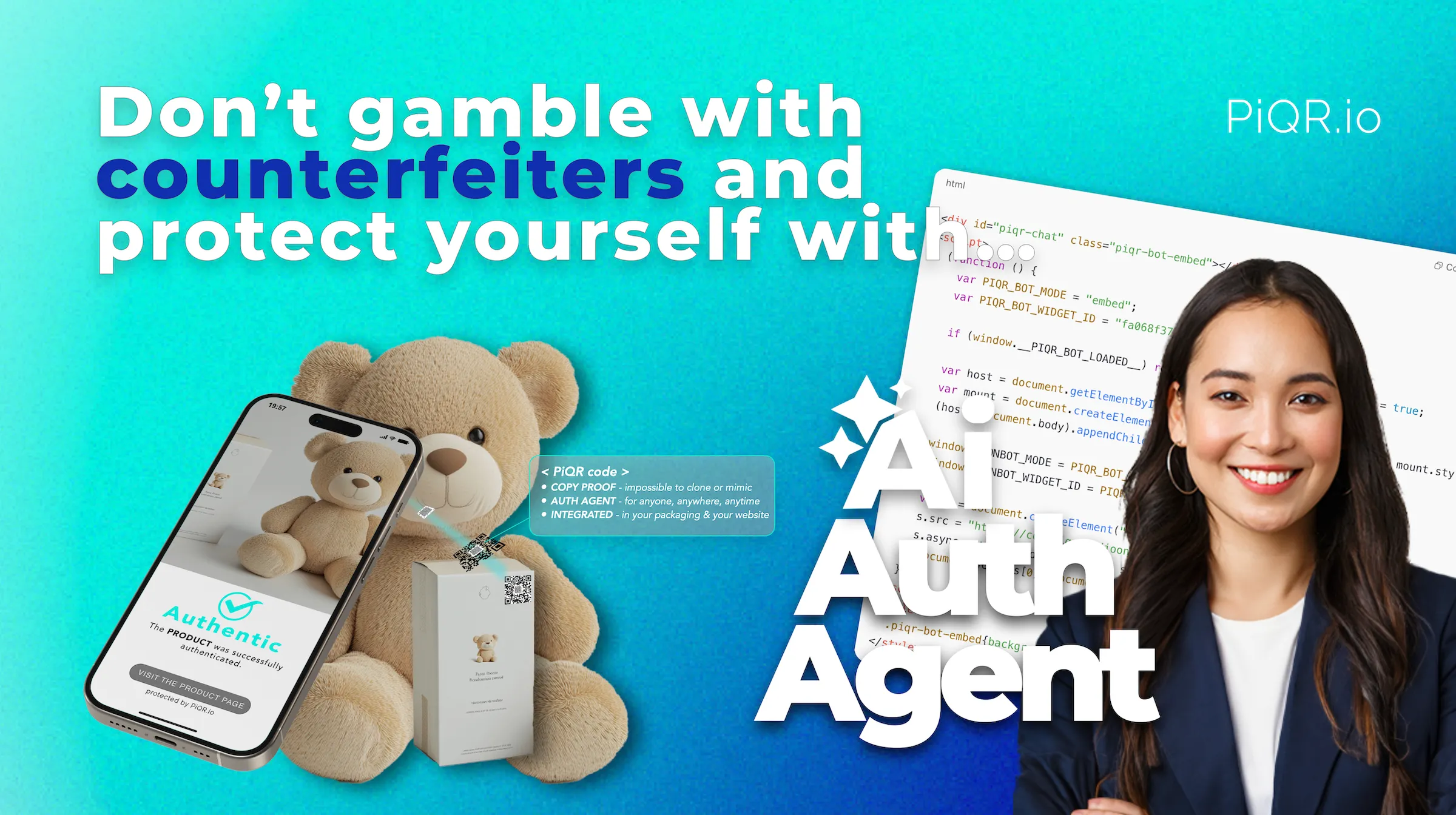At the core of any successful business lies a strong brand, which is WHY it is crucial to develop and implement various ways and brand protection strategies that ensures the safety and longevity of your brand and business. Brand protection is all about safeguarding your brand's identity and reputation, and it is becoming increasingly important in today's digital age, where information is constantly being shared and spread across multiple platforms, and it was never easier to have produced any counterfeit product on demand in a quality that is impossible to differentiate from the original product.
In this article, we will provide you with free, but comprehensive 6-step guide for developing and implementing a basic, but successful brand protection strategy that can help you to secure your brand's integrity and future for your business, without risks caused by fraud and counterfeiting.
Step 1: Conduct a Comprehensive Brand Audit
Before you can develop an effective brand protection strategy, you need to understand the scope of your brand and identify all the potential areas of vulnerability. A comprehensive brand audit involves analysing every aspect of your brand, including your brand's reputation, products, services, marketing, intellectual property, and online presence. By conducting a thorough brand audit, you can identify any potential threats or weaknesses and take proactive measures to mitigate them.
Step 2: Develop a Trademark Strategy
One of the most important aspects of brand protection is trademark registration. Trademarks are essential for protecting your brand's identity and distinguishing it from competitors. By registering your trademark, you can prevent others from using your brand's name, logo, or slogan, which can cause confusion among consumers and harm your brand's reputation. A trademark strategy involves researching existing trademarks, selecting the right class of goods or services, filing trademark applications, and monitoring trademark infringements.
Step 3: Establish Brand Guidelines
Brand guidelines are essential for maintaining consistency and uniformity in your brand's visual identity and messaging. Brand guidelines should include details such as the correct usage of your brand's logo, typography, colour scheme, tone of voice, and messaging. By establishing brand guidelines, you can ensure that your brand's identity is always presented accurately and consistently across all channels, which helps build brand recognition and trust among consumers.
Step 4: Monitor Your Brand's Online Presence
In today's digital age, a significant portion of brand communication and engagement takes place online. Increasing amount of businesses rely on multitude of online channels and as such, it is crucial to monitor your brand's online presence and reputation across all channels, including social media, review sites, and blogs. Online monitoring allows you to quickly identify any negative comments, reviews, or mentions of your brand and take proactive measures to address them. Additionally, online monitoring can help you identify the instances of online brand infringement or selling of counterfeits, which you can initiate legal actions against.
Step 5: Protect Your Brand's Offline Presence & TALK ABOUT IT!
Although everything is digital today, online monitoring in not enough to stop the Fake products entering the physical supply chain. Any successful business selling through traditional distribution channels, can be harmed by counterfeiting and related fraud. In ideal world companies could own their global distribution network and counterfeits could be blocked within such controlled environment. However majority of businesses do not have much control over the distribution chain and the best what they can do is to protect their physical products against copying and communicate with the final customers about the means how to authenticate the products (how banks educate about the holograms on banknotes) or integrate such authentication into a digital engagement e.g. secure QR codes from PiQR. Including final users plays a crucial crowd-sourcing role in the protection of your physical products.
Step 6: Enforce Your Brand's Rights as
Enforcing your brand's rights involves taking legal action against any individuals or entities that are infringing on your brand's intellectual property or using your brand's identity without permission. Legal action can involve sending cease-and-desist letters, filing lawsuits, or working with law enforcement agencies to seize counterfeit products. By enforcing your brand's rights, you send a clear message to others that you take brand protection seriously and are willing to take legal action to protect your brand's identity and reputation.
In conclusion, developing and implementing a successful brand protection strategy is crucial for safeguarding your brand's identity and reputation. By conducting a comprehensive brand audit, developing a trademark strategy, establishing brand guidelines, monitoring your brand's online presence, and enforcing your brand's rights, you can protect your brand from potential threats and secure its future. Remember, brand protection is an ongoing process, and you need to regularly review and update your brand protection strategy to stay ahead of the curve.




